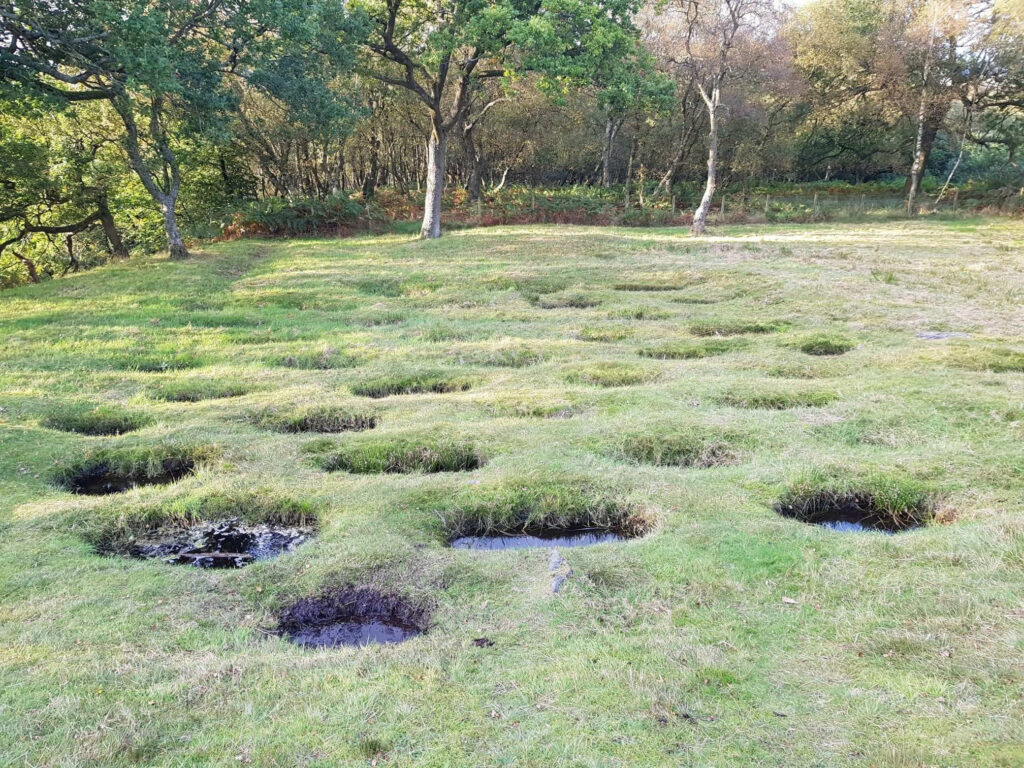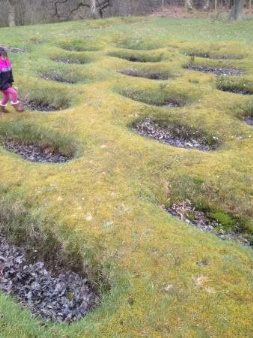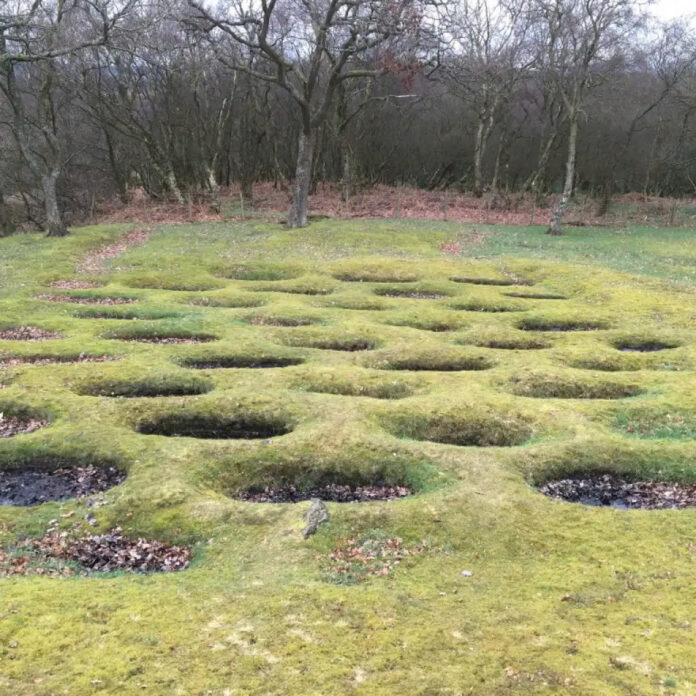Deep in the Scottish lowlands, where mist rolls across ancient hills and heather carpets the countryside, lies one of history’s most ambitious yet overlooked engineering marvels. The Antonine Wall, stretching 35 miles from the Clyde to the Forth, tells a captivating tale of Roman determination, military innovation, and the eternal struggle between empire and wilderness.
A Bold Vision in the Northern Wilderness
Picture the year AD 142. Emperor Antoninus Pius sits in Rome, contemplating maps of his vast empire’s most challenging frontier. Reports arrive from Britain describing fierce Caledonian warriors who refuse to bow to Roman rule. The existing border at Hadrian’s Wall feels insufficient—too far south, too compromising. The emperor makes a fateful decision: Rome will push deeper into the Scottish highlands.

What emerged from this imperial ambition was unprecedented. Unlike its famous southern cousin built of enduring stone, the Antonine Wall represented a different philosophy entirely. Roman engineers, adapting to Scotland’s unique landscape, crafted their northern barrier from earth and timber upon stone foundations—a testament to their remarkable flexibility and ingenuity.
Engineering Genius Meets Celtic Landscape
The Art of Adaptive Construction
The Romans faced a formidable challenge in Scotland’s terrain. Where Hadrian’s Wall demonstrated permanence through stone, the Antonine Wall showcased sophistication through adaptation. The engineers selected turf and timber not from limitation, but from strategic wisdom. These materials allowed rapid construction while utilizing abundant local resources.
Before the wall itself rose a massive V-shaped ditch, carved deep and wide into the Scottish earth. This wasn’t merely an obstacle—it was a statement. Any approaching enemy would first encounter this formidable excavation, buying precious time for Roman defenders to respond.
The Ingenious Lilia: Rome’s Hidden Traps
Perhaps the most fascinating aspect of the Antonine Wall’s defenses lay in what couldn’t be seen. The lilia pits—named for their flower-like arrangement—represented Roman military engineering at its most cunning. These carefully camouflaged holes, concealed beneath brushwood and bristling with sharpened stakes, created an invisible minefield before the main fortifications.
Imagine a Caledonian war party advancing through the pre-dawn darkness, confident in their knowledge of the land, only to have their charge shattered as warriors disappeared into these concealed traps. The lilia didn’t just wound—they broke morale and disrupted the tight formations that made Celtic attacks so formidable.
Rough Castle: Where History Lives
A Window into Roman Scotland
Today, visitors to Rough Castle near Falkirk can still witness these ancient defenses. The site preserves not just ruins, but stories. Here, where Roman sentries once watched for northern raiders, the lilia pits remain visible—circular scars in the earth that speak of long-vanished conflicts.
Standing among these archaeological treasures, one can almost hear the commands of centurions, the clatter of armor, and the tension of soldiers stationed at the very edge of the known world. Rough Castle offers something rare: a tangible connection to Rome’s most ambitious northern experiment.
The Brief Glory of Rome’s Northern Dream
Twenty Years of Ambition

The Antonine Wall’s story is one of brilliant success followed by pragmatic withdrawal. For two decades, this earthwork barrier held Rome’s northernmost line in Britain. Yet by AD 162, the legions had retreated south to Hadrian’s Wall, leaving their northern creation to the Scottish winds.
This abandonment wasn’t failure—it was strategic realism. The Antonine Wall had served its purpose, demonstrating Roman power while teaching valuable lessons about the limits of imperial expansion. Sometimes the greatest achievements lie not in permanent conquest, but in the courage to attempt the impossible.
Video
A Legacy Written in Earth and Stone
Recognition of Forgotten Greatness
Today, UNESCO recognizes the Antonine Wall as a World Heritage Site, ensuring its preservation for future generations. This international acknowledgment validates what archaeologists have long known: that this “lesser” Roman wall represents engineering and military innovation of the highest order.
The Wall’s earthen ramparts may lack the imposing grandeur of stone fortifications, but they possess something equally valuable—they tell a uniquely human story of adaptation, ambition, and the eternal dance between civilization and wilderness.
Conclusion: Echoes of Empire
The Antonine Wall stands as more than archaeological remains scattered across the Scottish landscape. It represents a moment when the world’s greatest empire pushed beyond comfort zones, adapted to new challenges, and left an indelible mark on history. While Hadrian’s Wall may capture more attention, the Antonine Wall captures something perhaps more precious—the spirit of bold experimentation that defined Rome at its most adventurous.
In walking these ancient earthworks today, we traverse not just Scottish countryside, but the very boundaries of human ambition. Here, where Roman eagles once flew above Celtic lands, the Antonine Wall continues to whisper its remarkable tale of empire, engineering, and the enduring power of human determination.

